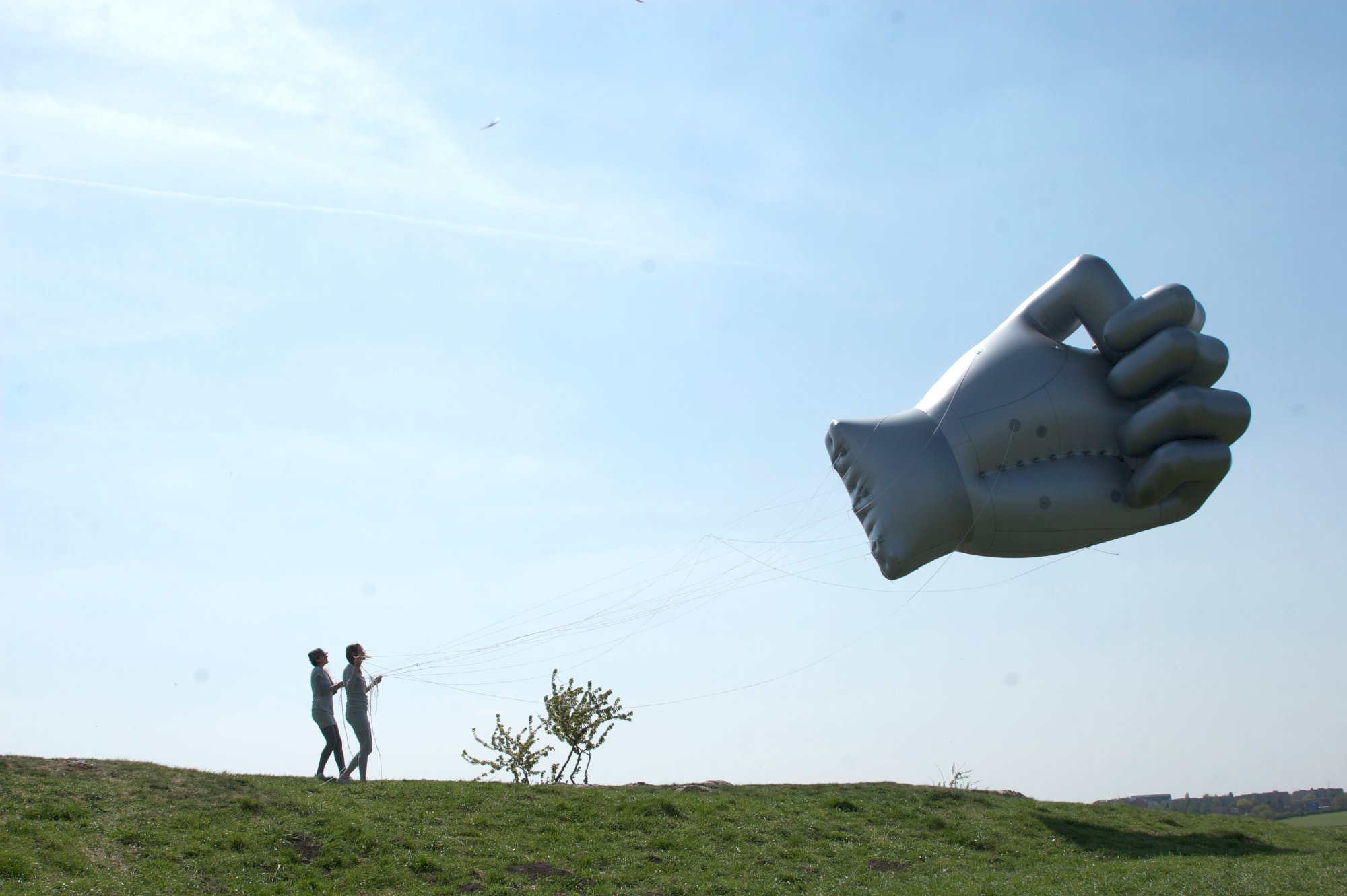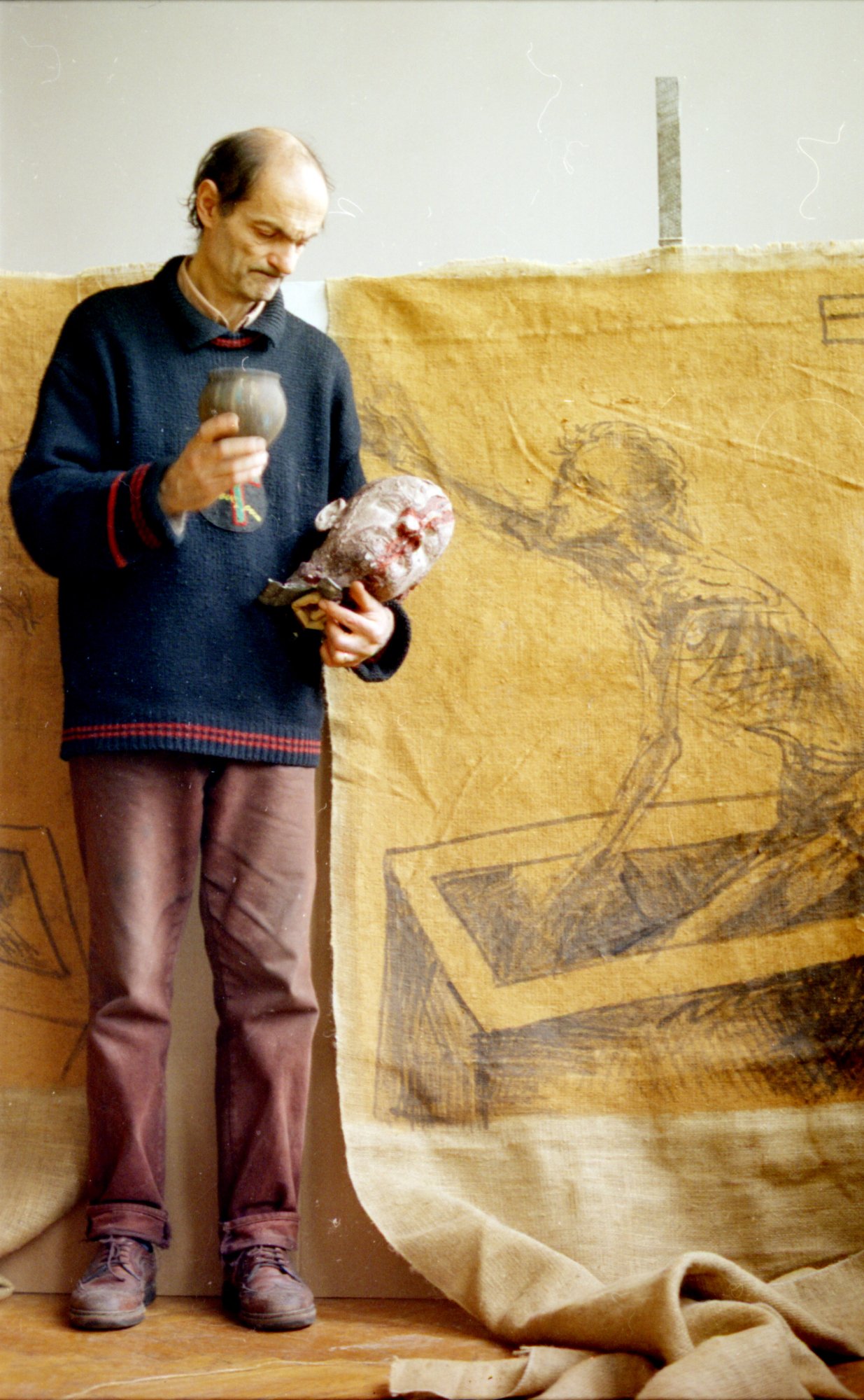Performing History / Romanian Pavilion, Giardini di Castello – 54th Venice Biennale
June-November 2011

PERFORMING HISTORY with Ion Grigorescu and the artist duo Anetta Mona Chișa and Lucia Tkáčová is the project that represents the Romanian Pavilion at the 54th International Art Exhibition – la Biennale di Venezia 2011, Giardini di Castello.
PERFORMING HISTORY foregrounds the idea of multiple modes of relating to History, and of living History as a hypostasis of several different specific modernities.
By focusing on different aesthetic and artistic practices that are specific not only to Romania, but also to Eastern Europe in general, this project does not solely attempt to re-enact a lived history of the art of the past decades, or a post-totalitarian history of the East, but instead endeavours to highlight the fact that in this area, the dialectics of visual representation are strongly connected to the discourse of modernization.
The curatorial concept evolves as a challenging trans-generational dialogue between Ion Grigorescu, a legendary figure of Romanian experimental art, and the younger artists Anetta Mona Chișa & Lucia Tkáčová; between the two curators, Maria Rus Bojan and Ami Barak, and also involving the writer Bogdan Ghiu and the sociologist Vasile Dâncu.
By means of a dynamic visual assemblage, the project functions as a meta-display in which history is performed and translated on different levels of meaning, reflecting the major challenges and paradigm shifts that are common to the Post-Communist area from Eastern Europe.
The ambiguous nature of the modernist traditions and the Eastern European neo avant-gardes, the aesthetics of the precariousness, the persistence of a specific minimal realism, the religious and the spiritual converted into conceptual art practices, the representation of the body, and the articulation of a new semiotics based on the reactivation of symbols inherited from the communist times are the topics to be explored.

About the artists
Ion Grigorescu, born in 1945 in Bucharest, is an iconic figure of performance and conceptual art in Romania. Along with fellow Eastern European artists such as Jiří Kovanda, Július Koller, Mladen Stilinović or the late Tibor Hajas, Ion Grigorescu is increasingly acclaimed for his role in effectively cultivating resistance, and underground, clandestine art under Communist totalitarianism. As a forerunner of the conceptual and performative use of the body as an artistic medium in Romania since the early 1970s, Grigorescu is also one of the very few Romanian artists who have radically and conceptually illustrated contemporary concerns in perfect synchronicity with his time. Grigorescu has made an invaluable contribution to the shaping of a critical consciousness capable of articulating a genuinely universal critique in rationalist-discursive, performative, and artistic terms.
Within this exhibition, the artist takes the viewer on a journey along the threshold of the everyday, touching on all the emotional, social, historical, sexual, political, and spiritual aspects of life. In a display that should be read as a single installation, historical works that document some famous performances from the 1970s and 1990s are combined with new video pieces, including one work that has been specially commissioned for this project.
Describing an arch over time, the younger artists Anetta Mona Chișa & Lucia Tkáčová reactivate historical references and convert them into new meanings and experiences, forging liaisons between generations, and probing critical and ethical continuity. The two artists have been working together since 2000. Their work attempts to bring to a more global consciousness a state of constant introspection, of curiosity in exploring the world they live in, and of the complex relationship between the individual and the collective in contemporary society. Their contribution to this project consists of a specially commissioned video work and a conceptual piece that covers the monumental façade of the Romanian Pavilion: a work that comments on the missions, structure, and potency of the Venice Biennale as an institution. Both works embrace the dissension as part of the inner conflict that defines the position of the artist in society today.
Curators: Maria Rus Bojan and Ami Barak
With the special collaboration of Bogdan Ghiu, the magazine IDEA arts+society and IRES
Commissioner: Monica Morariu
Vice-commissioner: Alexandru Damian